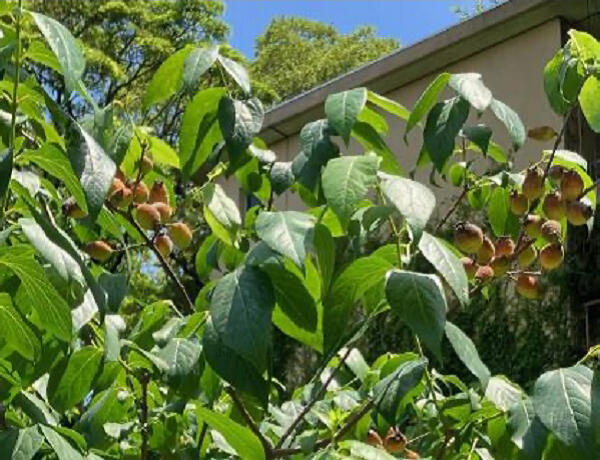A research group led by Graduate Student Kyosuke Yamanishi of the Graduate School of Medical and Pharmaceutical Sciences, and Associate Professor Shingo Harada and Professor Hayato Ishikawa of the Graduate School of Pharmaceutical Sciences at Chiba University has discovered that calycanthine, which is a natural organic compound found abundantly in the seeds of wintersweet (Chimonanthus praecox), a popular garden species in Japan, has high catalytic activity. Furthermore, they succeeded in improving the catalytic activity of calycanthine and imparting stereospecificity (chirality) to a Michael reaction. This study demonstrated that organocatalysts with a novel mechanism of action exist among natural products from plants and that they are useful for the chemical synthesis of pharmaceuticals and agrochemicals. The findings are expected to lead to new trends in organic chemistry and was published in the Journal of the American Chemical Society.

Provided by Chiba University
The research group used an asymmetric Michael reaction of oxindole derivatives and nitrostyrene as substrates, which is important for synthesis of pharmaceuticals and agrochemicals, for catalytic activity-based screening of a library of plant-derived alkaloids collected since 1960 by the Faculty of Pharmaceutical Sciences at Chiba University.
As a result, several natural products were found to serve as asymmetric organocatalysts to some extent. Among them, three natural products, gardnerine isolated from Gardneria nutans, spiradine A isolated from Spiraea japonica, and calycanthine isolated from C. praecox, were shown to have high catalytic activity.
The asymmetric Michael reaction developed in this study is very useful in the development of pharmaceuticals and agrochemicals because it can be used to construct a chiral quaternary carbon center with four different functional groups attached to a single carbon. From among the natural products discovered, calycanthine was selected for further investigation to improve its catalytic activity.
As a result, they found that an artificial synthetic catalyst, in which iodine is introduced to the benzene ring moiety of calycanthine, catalyzed the reaction with a very high enantioselectivity of 96:4. The yield also reached as high as 90%. Thus, they could improve the method to a practical level.
No calycanthine-like asymmetric organocatalysts have been developed previously, and they succeeded in finding asymmetric organocatalysts with new structural modes from their laboratory's natural product library. Furthermore, computational methods were used to elucidate why the very high stereoselectivity was achieved in this reaction.
Using DFT calculations, the research group analyzed the mechanism of the newly developed catalyst. From the calculations, they found that enantioselectivity was controlled by an asymmetric environment constructed via formation of a hydrogen bond network by four molecules at the asymmetric C−C bond formation step, which holds the key to success.
These findings are expected to serve as a basis for the design of new chemical reactions. Thus, these catalysts may also have effects on the development of other asymmetric C−C bond formation reactions, the synthesis of useful substances, and other areas of synthetic chemistry.
In this study, the research group discovered an asymmetric organocatalyst with a new mechanism of action from plant seeds. They also demonstrated the possibility that calycanthine-type catalysts open a path to asymmetric reactions to construct chiral quaternary carbon centers, which have been difficult to achieve with previously available catalysts.
This study is expected to lead to the discovery of a number of new catalysts from natural products, which have mainly attracted attention as pharmaceuticals, and further development of the field of organocatalysts.
Journal Information
Publication: Journal of the American Chemical Society
Title: New Entries in Organocatalysts from an Alkaloid Library; Development of Aminal Catalysis for a Michael Reaction Based on Calycanthine
DOI: 10.1021/jacs.4c10242
This article has been translated by JST with permission from The Science News Ltd. (https://sci-news.co.jp/). Unauthorized reproduction of the article and photographs is prohibited.




